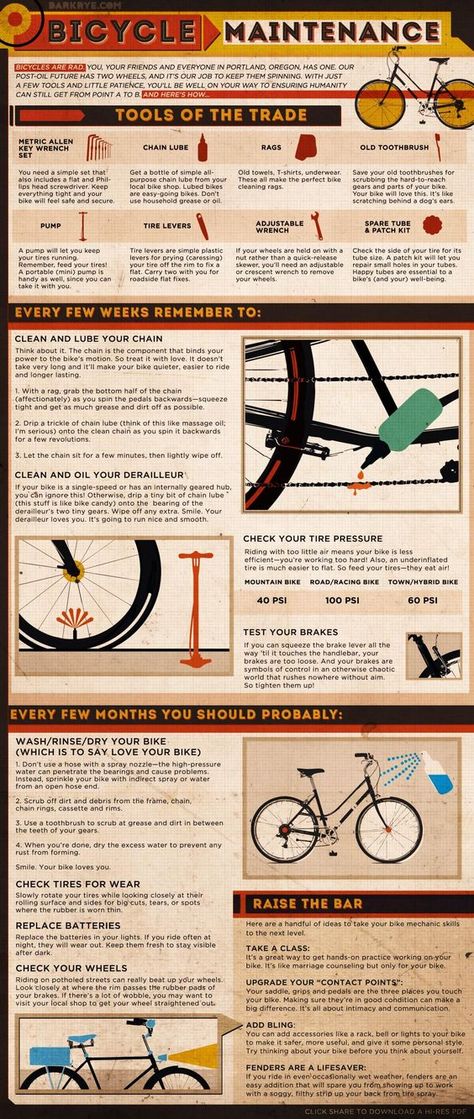From a safety and cost standpoint, tire maintenance is one of the most important things you can do for your car. The easiest way to care for your tires is both quick and inexpensive: maintain the correct tire pressure.
The recommended pressure for tires varies by the type of car and tire. Because maintaining your tires is so crucial to your safety and your car’s overall performance, it’s important to know what tire pressure is correct for your vehicle.
To learn what your tire pressure should be, look for your manufacturer’s recommendation, which is printed on a label inside your car. Depending on the vehicle, this label may be on the edge of the vehicle’s door, on the doorpost or in the glove box. The label will usually give recommendations for the front and rear tires as well as the spare, and it’s important that you stick to those guidelines. Even after you’ve replaced your tires, the same pressure guidelines on your car’s label apply to new tires of the same size.
Pressure recommendations are based on readings taken from a tire pressure gauge. Check the pressure first thing in the morning or wait at least three hours after driving; this provides sufficient time for them to cool back down.1
Driving on underinflated tires is one of the biggest causes of tire failure, according to the National Highway Traffic Safety Administration. And not having enough air in your tires can lead to other problems. Under-inflated tires wear out more rapidly, handle poorly and reduce fuel efficiency. On the other hand, overinflated tires are more susceptible to damage from road irregularities, and they also result in a bumpier ride. Overfilling your tires is just as dangerous as underfilling them, so it’s important you know what is recommended for your vehicle.
Knowing how to check tire pressure is critical to your safety and to keeping your tires in good working order.
When it comes to choosing a gauge, you typically have 3 options:
Put the pressure gauge into the valve stem, making sure the gauge is evenly and firmly pressed onto the stem. If you’re using a pen-style gauge, read the number on the rod that pops out of the sleeve. Read dial pressure gauges as you would a watch with one hand. With a digital pressure gauge, simply read the number on the screen. 2
Find your tires’ recommended PSI in the owner’s manual or on a sticker just inside the driver’s side door. The proper PSI is crucial to your safety and the car’s longevity.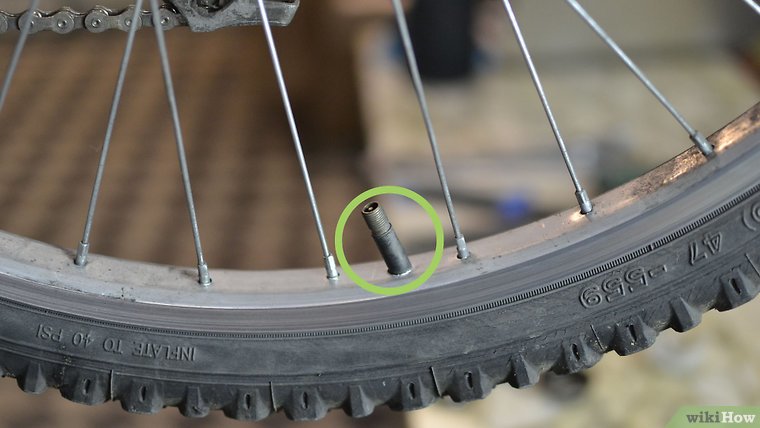 Underinflated tires can overheat and wear unevenly; overinflated tires can blow out.
1
Underinflated tires can overheat and wear unevenly; overinflated tires can blow out.
1
Temperature has a direct effect on your air tires’ air pressure, so for an accurate PSI reading, make sure to check tire pressure when tires are cold. If it’s cold outside, then you can assume your tires are losing PSI and you should check even more frequently. This will help to ensure maximum safety. Take your car to a mechanic you trust for a professional assessment.3
If you happen to find yourself without a tire gauge and your car doesn’t have an indicator for low tire pressure, there are several things you can do to figure out whether your tires need to be inflated.
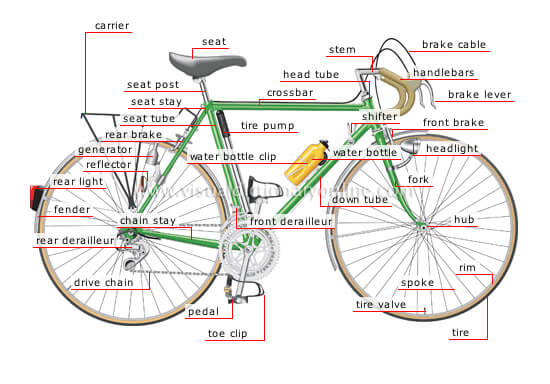
Of course, knowing your recommended PSI isn’t enough. You have to ensure you’re checking your tires regularly. Experts recommend you check air pressure once a month.5 Your car’s tire pressure monitoring system TPMS measures the amount of air in your tires to let you know whether your tires are properly inflated.1
Frequently checking your PSI becomes even more important in the fall and winter, when outside temperatures drop and weather conditions fluctuate causing your tires to lose air more quickly. Generally, your tire will gain or lose 1 PSI for every 10-degree change in temperature, which means if you have a sudden drop of 30 degrees, you could lose 3 PSI overnight. If your tires were already low, this could cause tire damage, steering problems or even a flat tire.3
If your tires were already low, this could cause tire damage, steering problems or even a flat tire.3
Knowing and maintaining the right air pressure is important to the safety and longevity of your tires. All it takes is a tire pressure gauge and a few minutes of your time.
Once you have the right tire pressure, make sure you also have the right coverage. Learn more about how Nationwide auto insurance can help protect you and save you money.
Sources:
1 https://www.pirelli.com/tires/en-us/car/driving-and-tire-tips/how-to-read/recommended-tire-pressure, Accessed April 2022.
2 https://www.consumerreports.org/cro/tire-pressure-gauges/buying-guide/index.htm#:~:text=There%20are%20three%20types%20of,of%205%20to%2099%20psi., Accessed April 2022.
3 https://www.firestonecompleteautocare.com/blog/tires/should-i-inflate-tires-cold-weather/, Accessed April 2022.
4 https://rxmechanic.com/how-to-check-tire-pressure-without-gauge/, Accessed February 2022.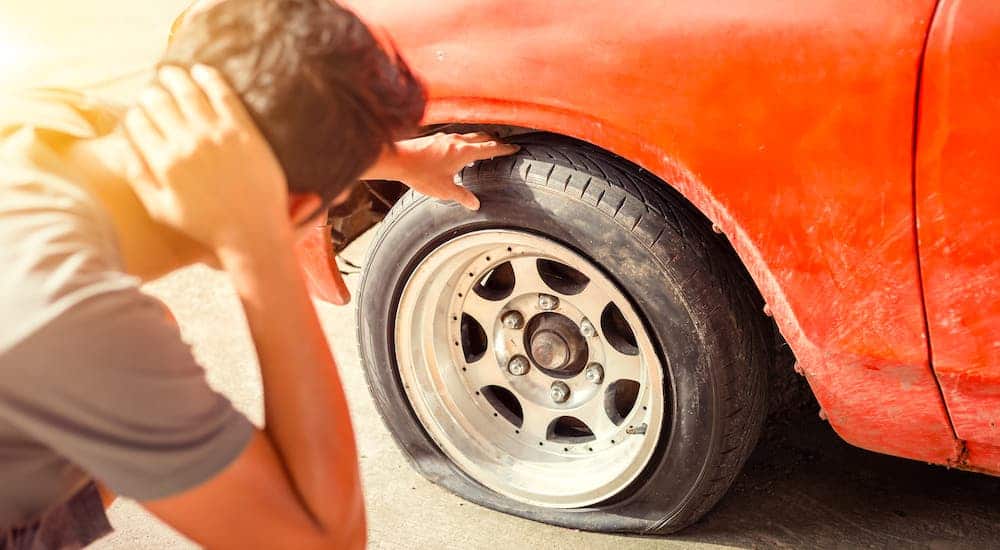
When it comes to driving safety, tire pressure is always one of the hottest topics. Why does tire pressure matter? What the heck is that little annoying symbol on my dashboard? Should I under-inflate my tire during the winter? How often should I check my tire pressure?
We got tons of questions like this from our community, so for today, let's dive deep into the world of tire pressure, put our geeky glasses on and figure out everything you need to know about your tires.
1. What's The Recommended Tire Pressure For My Car?
The recommended tire pressure varies based on the vehicle makes determined by the manufacturer after thousands of tests and calculations. For most vehicles, you can find the ideal tire pressure on the sticker/card inside the driver’s door for newer cars. If there’s no sticker, you can usually find the info in the owner’s manual. Normal tire pressure is usually between 32~40 psi(pounds per square inch) when they are cold.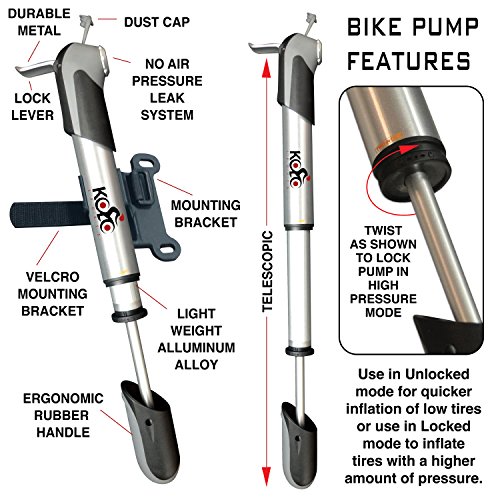 So make sure you check your tire pressure after a long stay and usually, you can do it in the early morning.
So make sure you check your tire pressure after a long stay and usually, you can do it in the early morning.
2. How To Check The Tire Pressure?
After knowing the proper tire pressure of your vehicle recommended by the manufacturer, you should check your tire pressure regularly to make sure that you are in good shape.
You can check your tire pressure in auto part stores, the mechanics, gas stations, and at home. To check tire pressure at home, you need:
As tire pressure changes with the temperature a lot, and recommended tire pressures are cold inflation pressure, you should start with cold tires if possible. We mostly check the tire pressure after one night's rest to avoid the heat from the friction of the last drive, and before the temperature goes up.
Unscrew the valve cap and press the tire gauge onto the valve stem hard enough until the hissing sound disappears.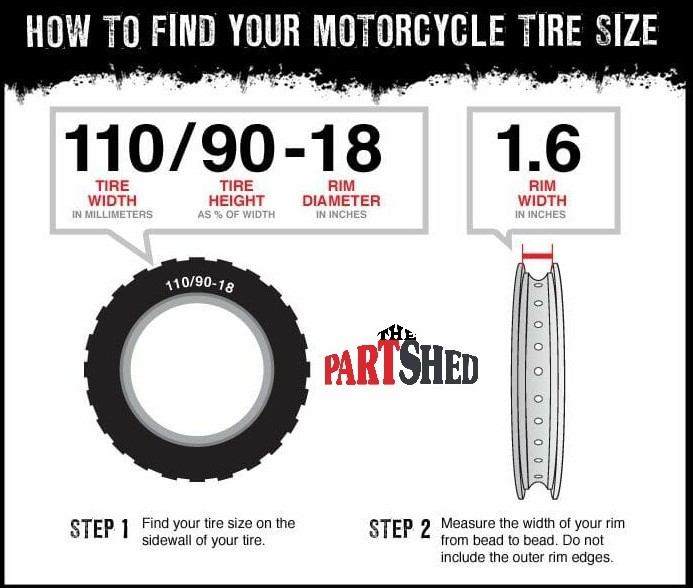 There should be a reading as long as the gauge is well connected to the tire.
There should be a reading as long as the gauge is well connected to the tire.
You can then note down the tire pressure of each tire, and compare them with the ideal psi you read from inside your driver’s door or in the owner’s manual. Make sure you read in detail, as for some vehicles, front and rear tires have different recommended psi.
If you find a tire underinflated, use the air compressor to fill your tires. You can either buy an air compressor in the auto parts store or use one in a gas station. Remember to rest your tires for at least half an hour to make sure they’re cold and the reading is accurate. If you have to fill your tires when the tires are hot, inflate them 3~4 psi above the recommended psi, and check again with your gauge when they are cold. It’s ok to overinflate a bit when filling the tires, as you can let the air out with the gauge.
After filling the tires, use your tire pressure gauge to check the tire pressure again and make sure they are in a good range. Let the air out a bit if they are over-inflated by pressing the gauge harder on the valve stem.
Let the air out a bit if they are over-inflated by pressing the gauge harder on the valve stem.
3. How To Maintain Proper Tire Inflation?
Tire maintenance is essential for the overall performance of your vehicle, and we highly recommend that you check your tire pressure every time you inflate your tire, each 10°F (5.6 °C) temperature change, and every 30 days.
Be mindful that don’t wait until the TPMS(Tire Pressure Monitoring System) light come on before you check the tire pressure, as the normal TPMS may:
For more information about the tire pressure monitoring system, please check our post about TPMS: What is TPMS and Why Does it Matter?
Thus, we highly recommend that you check your tire pressure regularly, especially before a long drive or heavy load driving. Also, temperature affects the tire pressure a lot, and we will explain it in the next section.
Also, temperature affects the tire pressure a lot, and we will explain it in the next section.
4. How Does Temperature Affect Tire Pressure?
First of all, the rule of thumb is for each 10°F (5.6 °C) decrease in temperature, the tire pressure will drop by one psi for most passenger vehicles. When it comes to commercial truck tires, which are often inflated to over 80 psi (twice as much as a passenger vehicle tires), the change of tire pressure according to temperature is doubled to 2 psi for every 10°F.
For the non-nerdy readers, just remember this rule of thumb and keep in mind that you will need to monitor your tire pressure during different seasons or a sudden temperature change. For those who want a deeper dive into how psi's are determined, here's the science behind it.
The equation we use to calculate the relationship between tire pressure and the temperature is called the Ideal Gas Law. It is a good approximation of the behavior of many gases under many conditions. (Appx1) It works well for most low-pressure gases. When applied to tire pressure calculation, the error is less than 1%.
(Appx1) It works well for most low-pressure gases. When applied to tire pressure calculation, the error is less than 1%.
First, we take the Ideal Gas Law equation and apply it to our circumstance:
where,
P = absolute pressure
V = gas volume in the tire
n = the number of molecules of gas in the tire
R = universal gas constant
T = temperature
Since we are trying to examine the pressure change according to the temperature, let's assume two tire pressures P1 & P2 at their set temperatures T1 & T2.
Given the n and R are both constants, and the gas volume in the tire is also a constant, we can take those constants out of the equation, and suddenly we get this straightforward one:
Let's say the temperature drops from 100°F to 50°F, the tire pressure at 100°F is 35 psi, so what's the tire pressure now at 50°F?
(the metric system is getting in the way, huh?)
Absolute Pressure = tire pressure + sea level air pressure (14. 7 psi). So,
7 psi). So,
Put all that into the equation,
So a 50°F drop in temperature lowers the air pressure by 4.5 psi, which is pretty much the same according to our rule of thumb.
5. How Does Tire Pressure Affect Driving
Both overinflation and underinflation affect your tire performance a lot, and serious problems might occur. According to NHTSA(National Highway Traffic Safety Administration), driving on underinflated tires increases a driver's chance of being in a serious accident by 300%. So how will a bad tire pressure affect driving safety? We will explain in detail below.
How tire pressure affects gripThe grip is mostly associated with the size of the contact patch between the tire and the road. An over-inflated tire radically decreases the contact patch while an under-inflated tire does the opposite.
A larger contact patch gives you more grip, and this is the exact reason why lots of racers will intentionally decrease their tire pressures to create a larger contact patch on a dry race track.
However, despite the fact that an under-inflated tire will cause more fuel consumption and improper tear and wear of the tires, for most daily commuters, it might cause an even scarier problem, which is hydroplaning.
Hydroplaning is a hazardous event when a layer of water builds between the wheels and the road surface, leading to a loss of traction that prevents the vehicle from responding to control inputs. (Appx2)
Hydroplaning occurs when the pressure of the tire pushing on the ground is equal to the water pushing back up on that tire. The size of the contact patch, given the force or the weight of the tire, is the same, directly affects the average pressure the tire's putting down on the road. The larger the contact patch (by deflating the tires), the less pressure it puts on that same area. So there's a causal relationship between your tire pressure and the possibility of a hydroplaning event.
Here's a more visual explanation of what is happening between a properly-inflated tire and an underinflated tire when driving on a wet road.
To avoid a hydroplaning event, ALWAYS inflate your tires properly. Also, check your tires' treads, which make the water flow around the tires more efficiently, and of course, driving slow is always a big plus.
How tire pressure affects tire wearThe contact patch directly decides the pattern of the tire's wear and tear. You don't want your tires to wear out prematurely just because you have an over or under-inflated tire.
How tire pressure affects fuel economyImagine you are a ball rolling on the ice, there's no friction between the two surfaces, how much extra force do you need to apply to keep the ball moving? Zero (Thanks, Newton). The same applies to your fuel consumption when it comes to driving on the road. The rolling resistance between your tires and the road significantly affects fuel economy, and by now we should all know the logic behind this, lower tire pressure leads to a larger contact patch, which causes higher rolling resistance, and thus, poor fuel economy.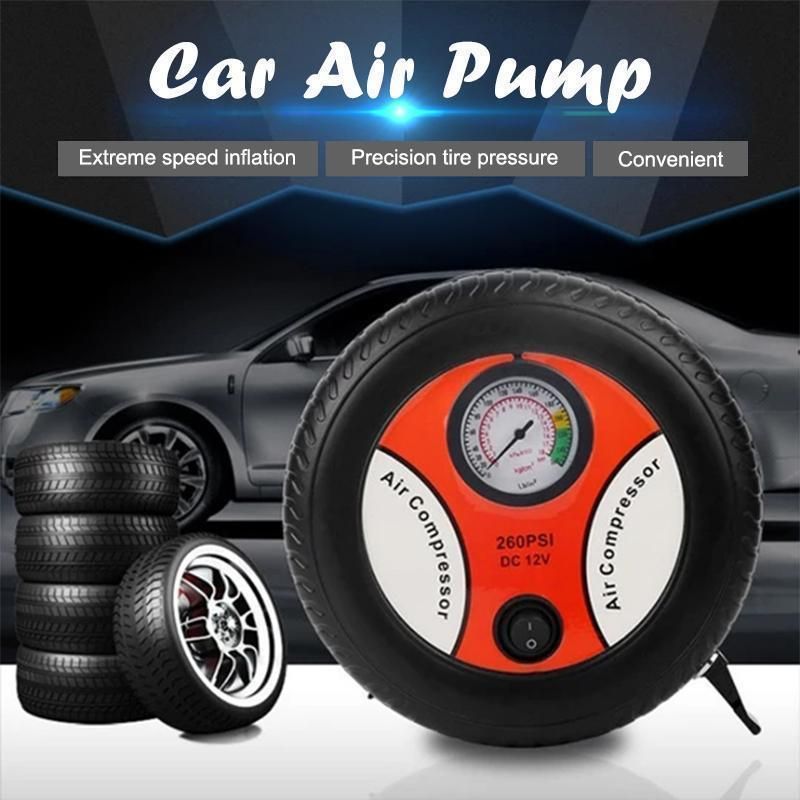
A Michelin study showed that your tire is accountable for at least 1/5 of your total fuel consumption and a 1-bar of pressure drop (14.5 psi) would increase your fuel consumption by 3-5%.
6. Special Conditions For Tire Pressure Manipulation
There are of course circumstances where you want to manipulate your tire pressure to meet specific requirements. Like the aforementioned track race, or if you are driving on sand, mud, etc. However, as a daily commuter, we strongly suggest you regularly check your tire pressure, preferably once a week and anytime you might take a long road trip, and always keep the tires properly inflated!
Conclusion
Tire pressure is always a hot topic regarding driving safety, and it's important to keep an eye on the tire pressure to maximize fuel efficiency and safety.
Before you go
We'd like to offer you our most popular ZUS Smart Vehicle Health Monitor for FREE to better take care of your car and save $$$ on car expenses.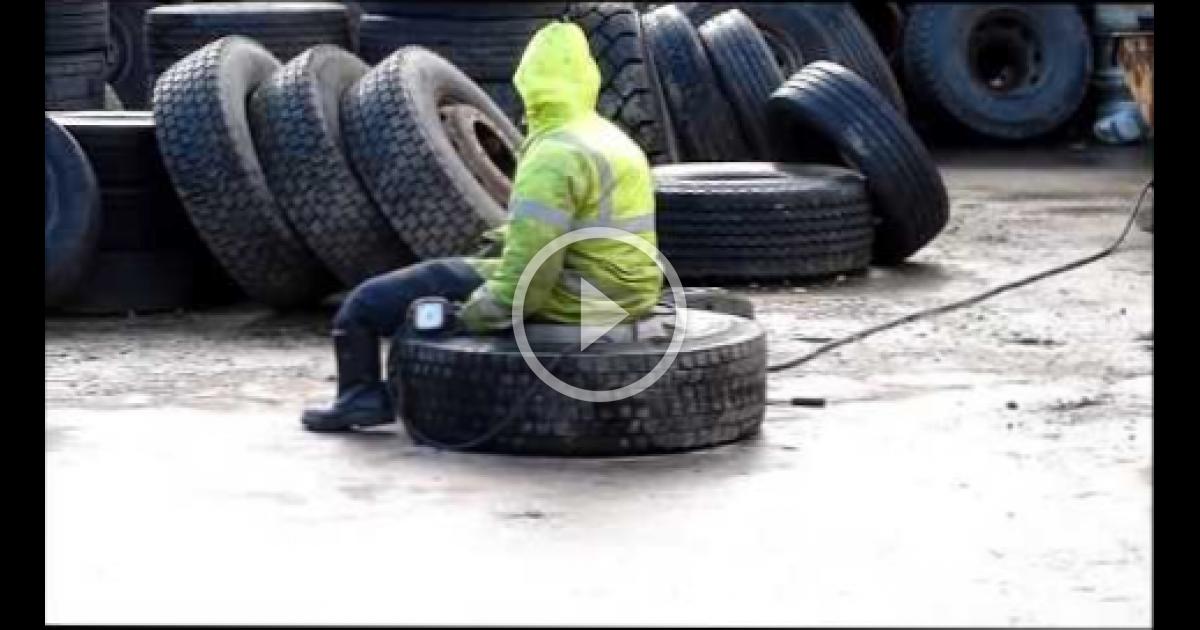 Claim your free unit here.
Claim your free unit here.
Top Posts from nonda:
What is a Car Diagnostic Test & How to DIY?
What Does Check Engine Light Mean & How to Fix it?
Best OBD2 Scanner & Code Reader: Complete Buying Guide
OBD2 Codes: What You Need to Know
Appendix 1 - Ideal gas law - Wikipedia.
Appendix 2 - Aquaplaning - Wikipedia.
Photo: Shutterstock
adv.rbc.ru
See also
Tires are the only vehicle element that is in constant contact with the road. One of the main indicators of their serviceability is pressure. It affects not only fuel efficiency, but also safety.
As a rule, car manufacturers recommend maintaining tire pressures between 2.0 and 2.8 bar. But in practice there are situations when it is necessary to deviate from this norm. nine0003
adv. rbc.ru
rbc.ru
Tire pressure should be checked at least once a month, there are several ways to do this. We understand why it is so important to observe the optimal pressure indicator and what it affects.
In this story:
Tire pressure is the resistance with which air "presses" on the inner area of the rubber. Properly inflated tires will last longer, give you better ride quality and improve your driving safety. If the pressure in the tires is too low or they are pumped over, then the car owner runs the risk of facing a number of problems: from buying new tires to the threat of an accident. nine0003
Properly inflated tires will last longer (Photo: Global Look Press)
Under-inflated tires are tires that are below the recommended pressure. In this case, the contact patch of rubber with the road increases, which leads to increased friction or rolling resistance. A worn out outer edge of the tread can visually give out such a problem. nine0003
Increased friction with the road can cause the tire to overheat, slip and even burst. In addition, low tire pressure leads to:
When tires are over-inflated, that is, above the manufacturer's recommended rate, the contact patch decreases. As a result, the main friction with the road is taken over by the central part of the tire.
Excessive tire pressure leads to excessive sensitivity to road irregularities and the risk of tire damage, even destruction. Overinflated tires also cause the following:
Tatyana Eliseeva, an auto expert, master of sports of international class in motorsport, comments
For flat tires:
For overinflated tires:
Excessive tire pressure leads to excessive sensitivity to road irregularities and the risk of tire damage (Photo: Shutterstock)
For each car model, the manufacturer sets its own optimal tire pressure. This indicator depends on the mass of the car, the speed of operation, the number of passengers (partial or full boarding), as well as the load on the trunk [1]. nine0003
This indicator depends on the mass of the car, the speed of operation, the number of passengers (partial or full boarding), as well as the load on the trunk [1]. nine0003
The recommended tire pressure can be found in the vehicle owner's manual or on one of the plates/stickers in the passenger compartment. They can be:
Tire pressure is measured in several units. In Russia, they usually indicate in kg / cm 2 (or atmospheres) and bars (bar). These two indicators are almost equal, which is why they are often used as synonyms:
Foreign models often use pounds per square inch (pound per square inch), or psi:
For convenience, car manufacturers can indicate pressure in two units at once - bar and psi. Thus, the need to independently calculate according to the formulas disappears. Otherwise, you can do this in one of the online calculators or check the table of popular values. nine0003
Thus, the need to independently calculate according to the formulas disappears. Otherwise, you can do this in one of the online calculators or check the table of popular values. nine0003
| 2.0 bar | 2.1 bar | 2.2 bar | 2.3 bar | 2.4 bar | 2.5 bar | 2.6 bar | 2.7 bar | 2.8 bar |
| 29psi | 30psi | 32 psi | 33 psi | nine0148 35 psi36 psi | 38 psi | 39 psi | 41 psi |
Temperature has a significant effect on tire pressure: when it drops, the pressure in the wheels decreases with it. When the temperature drops by 10 °C, the tire deflates by an average of 0. 07–0.14 bar or 1 to 2 psi [2].
07–0.14 bar or 1 to 2 psi [2].
Temperature has a significant effect on tire pressure (Photo: Shutterstock)
Summer tires typically use manufacturer's recommended readings. But in winter, it is advised to add about 0.2 bar to these figures [3].
Experts also recommend checking and correcting tire pressure at outside temperature. In the cold season, swapping is best done not in a warm garage, but on the street. In the summer, before such a manipulation, you should make sure that some of the wheels of the car were not under the scorching sun, while others were in the shade. nine0003
Sometimes the tire pressure needs to be adjusted according to the situation. For example, when the machine is fully loaded or a trailer is towed. For such cases, automakers, as a rule, separately indicate the optimal pressure.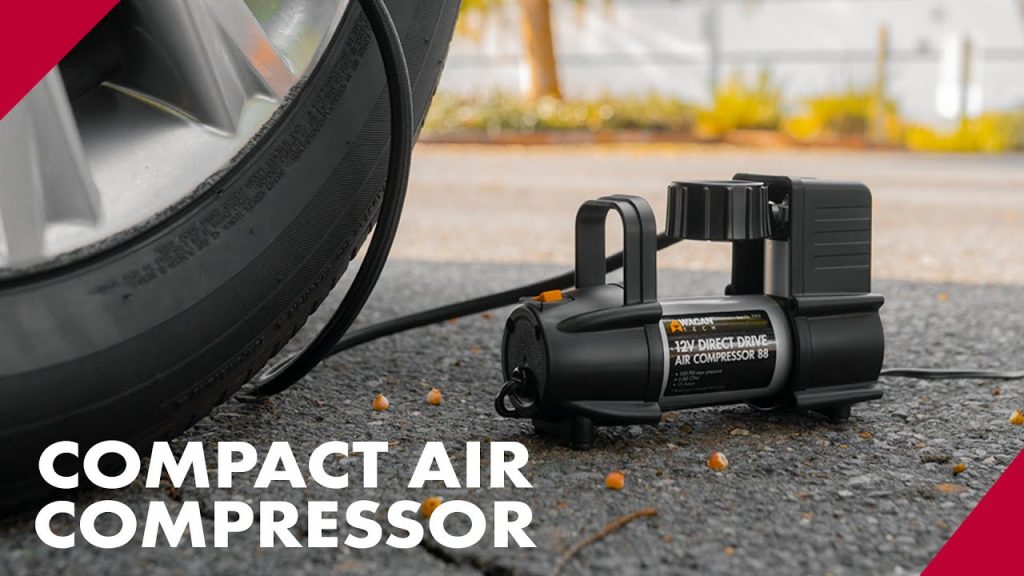
But there are moments that fall into the category of extreme and non-standard (especially if before that the car most often drove around the city). Automotive expert Tatyana Eliseeva analyzed the most common of them. nine0003
Leads to heating of the wheels, especially in summer, and therefore it is necessary to follow the manufacturer's recommendations before such a trip. We do not know what we will meet: patched road repairs or heavy rain. After all, for each of these situations, the recommendations will be opposite. Athletes can play with pressure when track conditions are known and engineers can always change the settings. For a long journey, the layman just needs to choose the average.
Tires must be bled off, especially on sand. The question is for how much? You can bleed up to 0.7 atm, but a not very experienced motorist can slip the wheels with an inaccurate movement, and if the driver turns the steering wheel sharply (for example, trying to catch on the edge of the track), then the tire can come off the disk. And such cases occur regularly.
And such cases occur regularly.
At near-zero temperatures on packed snow, ice or sludge for new wheels (velcro or studded) it is better to pump the wheels a little so that water and sludge are squeezed out of the central zone of the contact patch and the tread is better have worked. The wheel must be cleared for the tread to work. When it is clogged with snow, the braking distance and traction deteriorate greatly. nine0003
If the car has worn wheels, but with an acceptable tread depth for winter tires (4 mm), then you should not hope for the correct operation of the tread. Such a low checker no longer pushes the snow. In this case, it is necessary to reduce the pressure in the wheel, thereby increasing the same contact patch.
Photo: Global Look Press
On a country road, the weight of the machine will be an important factor. In this case, we select the pressure according to the load - specific indicators must be viewed on the central pillar of the body.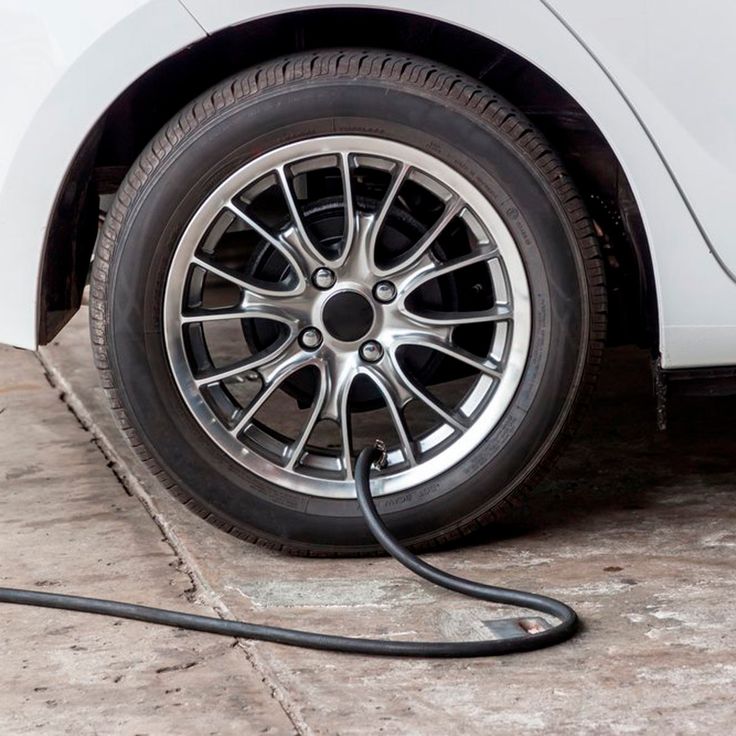 There you will see something like the following recommendation: the more the car is loaded, the higher the pressure in the rear wheels should be. nine0003
There you will see something like the following recommendation: the more the car is loaded, the higher the pressure in the rear wheels should be. nine0003
But a badly broken road can lead to herniations, ruptures and tire damage. Therefore, if we increase the pressure, then we drive on a bad road as calmly and measuredly as possible. Or we slightly deviate from the manufacturer's recommendations and raise the pressure not as much as the manufacturer recommends.
The main factor in changing the behavior of the wheel is not the pressure drop at altitude, but the presence of a large number of sharp turns and long braking. The tire will heat up not only from the loads, but also from the operation of the brake mechanisms. Therefore, the idea that due to low pressure it is necessary to increase the pressure in the tires is wrong, because the temperature of the wheel has a much greater influence in this case. nine0003
The recommended pressure is always given when the tires are cold. This means that the vehicle has not been driven for three hours or has traveled less than 1 mile (or one mile).
This means that the vehicle has not been driven for three hours or has traveled less than 1 mile (or one mile).
There are two ways to check tire pressure: on your own or at a workshop. In the first case, it is enough to use a public pump at a gas station or purchase a pressure gauge. This tire pressure measuring device comes in three types:
Another option is to install special pressure control caps on each nipple. Such a gadget works as follows: the upper part of the cap is transparent and, depending on the level of pressure, an indicator of three colors appears in it. Green - the pressure is normal, yellow - the tire is flat, red - the pressure has exceeded the norm.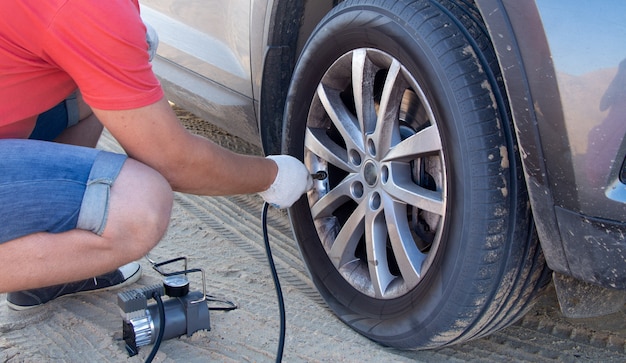 nine0003
nine0003
Photo: Shutterstock
The easiest way to monitor tire pressure is with the automatic TPMS (Tire Pressure Monitor System). Today it is installed on almost all models, and in some countries its presence is a prerequisite for releasing a car from the assembly line.
In these systems, the electronics automatically detect changes in the tire, and if the pressure drops below the recommended value, a warning signal lights up on the on-board computer screen. nine0003
There are two types of TPMS:
Car manufacturers recommend checking tire pressure every two weeks, but at least once a month.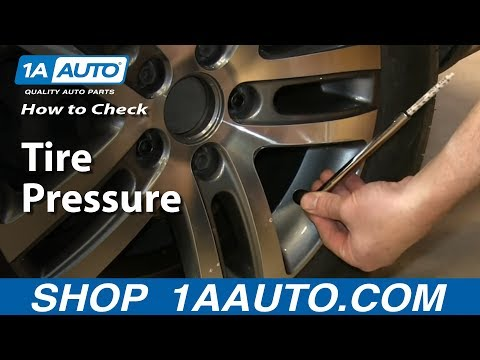 After all, even under ideal conditions (for example, the car is idle for a long time), the wheels lose about 0.069bar, or 1 psi, per month [4].
After all, even under ideal conditions (for example, the car is idle for a long time), the wheels lose about 0.069bar, or 1 psi, per month [4].
The pressure should be monitored before and after a long trip, during a sudden change in temperature (for example, during the first frost or warming), and also after changing tires or driving with a load.
Also, don't forget the spare wheel. Automakers advise servicing it at least as often as the main wheels. As a rule, it has its own optimum pressure values, which can be found in the operating brochure or information table. nine0003
| Make and model | Standard load front pressure | Rear pressure at standard load |
| Lada Granta (standard version) | 2.0 bar | 2.0 bar |
| Lada Vesta | 2.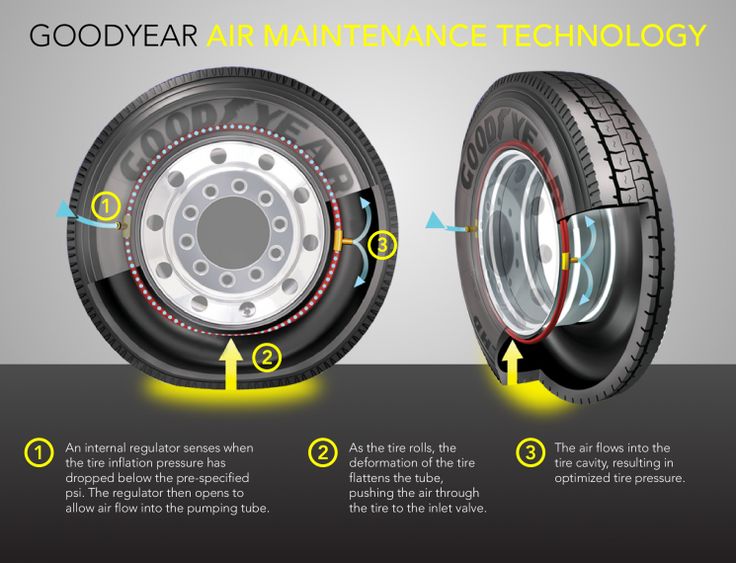 2 bar 2 bar | 2.2. bar |
| Kia Rio | 2.3 bar | 2.3 bar |
| Hyundai Creta | 2.3 bar | 2.3 bar |
| Renault Duster | 2.0 bar | 2.0 bar |
What should be the optimum car tire pressure. What to do if less or more than the nominal. How much to “pump” and how to do it correctly - with or without a load. Should it be different in winter or summer? nine0003
The wheel of a car with normal air pressure is in full contact with the road surface. There is a uniform wear of the profile and a better grip is provided. If the pressure is reduced, then the tires will hum, when pumped - whistle.
It becomes more difficult to control the car on the road, it will bounce in the pits. In overinflated tires, the tire becomes hard and the grip surface is significantly reduced. It can be damaged by a sharp hole, besides, the tread wears unevenly on an overinflated tire, its service life decreases, and driving comfort decreases. nine0003
In overinflated tires, the tire becomes hard and the grip surface is significantly reduced. It can be damaged by a sharp hole, besides, the tread wears unevenly on an overinflated tire, its service life decreases, and driving comfort decreases. nine0003
The main disadvantage of overinflated tires is that they increase the stopping distance of the car. This is due to the smaller area of contact with the road surface. They are more sensitive to steering control, but increase the stability of the car in corners. For this reason, the pressure in the tires of sports cars is higher than usual. Also, when the car is fully loaded, manufacturers advise to pump up the rear wheels a little (by 0.2 - 0.3 bar).
The fuel consumption of the car will increase, and the tires wear out faster. In addition, the angle of inclination of the wheel changes, while the internal structure of the tire is weakened, because.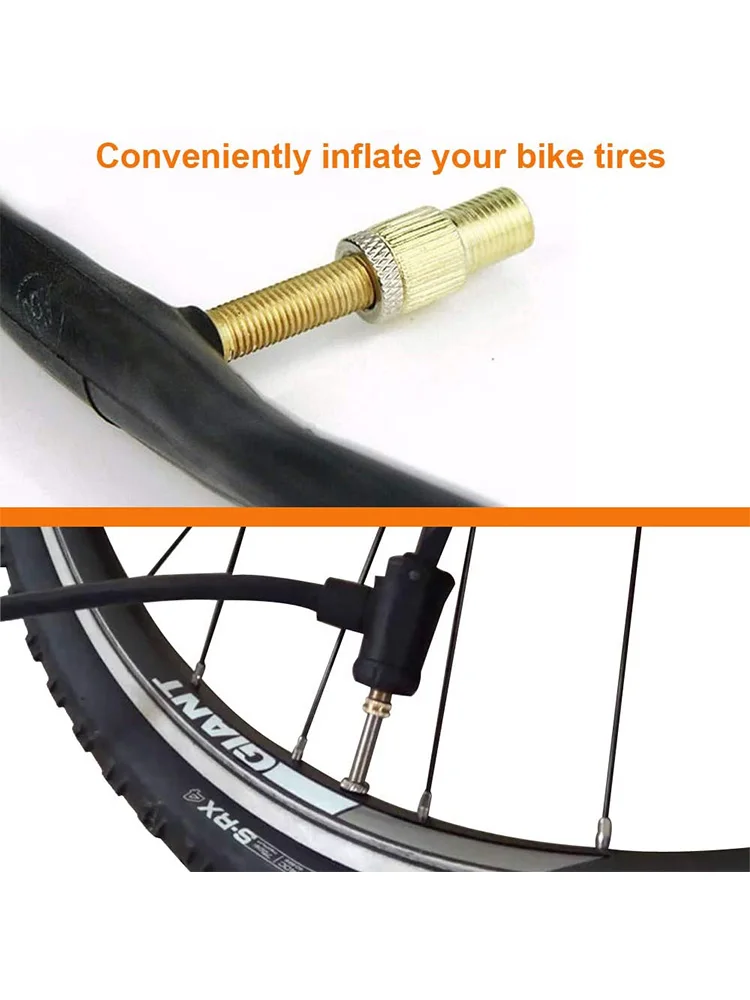 the center of the tire is slightly pressed upwards. Optimum transmission of force to the road is carried out only by the edges of the tire. nine0003
the center of the tire is slightly pressed upwards. Optimum transmission of force to the road is carried out only by the edges of the tire. nine0003
Low pressure increases the internal temperature of the tire, which increases resistance. This leads to its complete destruction. As a result, fuel consumption increases by up to 5%, and tire wear by 25%.
If a driver drives 20,000 km per year on uninflated tires, he will need an additional 540 liters of petrol per year. The car is less stable in corners, has a longer braking distance, and the wheels are less steerable, which can lead to a skid.
Each car model has its own nominal tire pressure in winter and summer. It is written on a sticker that is attached to the inside of the door on the driver's side, on the glove box lid, on the back of the gas tank hatch, in the spare wheel niche. When pumping up the wheels, be guided by this particular figure. They can also be found in the vehicle's owner's manual.
Normal tire pressure in a modern car is in the range of 2 to 3 bar. You need to check it before the trip, when the tire is cold. When the car is moving, due to the friction of the wheels with the road, the temperature rises, the pressure increases. To find out the optimal value, you need the car to stand for several hours, and preferably all night. nine0003
At negative air temperature, for every 10°C relative to zero, the pressure drops by 0.1 bar. In hot weather it rises. 1 bar is approximately equal to 14.5 psi, 0.9896 atmospheres or 1 kg/cm2.
Do not inflate to the pressure indicated on the tire. This figure indicates the maximum value that the tire can withstand. Read more in the article about marking and designations. Also pumping with nitrogen - does not give any advantages.
Check the pressure with a pressure gauge. It is tightly inserted into the open nipple. If you hear a whistling sound, it means air is escaping from the tire.